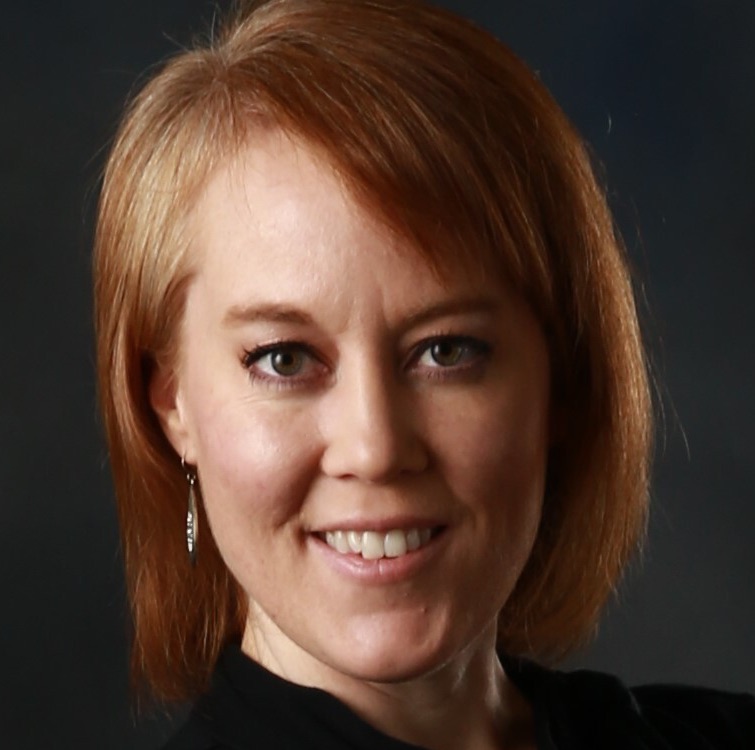3 minutes
Why America is failing to teach critical finance skills (and how you can help)
If America were to get a grade in personal finance, it would be an “F.” According to Forbes, “Two-thirds of American adults can’t pass a basic financial literacy test.” But more important than a test score is the critical state of most Americans’ finances:
● 44% of Americans can’t cover a $400 emergency without going into debt.
● 43% of student loan borrowers are behind on loan payments.
● 56% of Americans have saved less than $10,000 for retirement.
To make things worse, Americans are averse to discussing finances, even with those they love. CNBC reports that 44% of Americans “would rather discuss death, religion or politics than talk about personal finance with a loved one.”
What This Means for the Next Generation
It’s tough for parents to pass on financial skills they don’t have, especially if they’re averse to even bringing up the topic of money. But where does that leave the next generation? According to Annamaria Lusardi, founder and academic director of the Global Financial Literacy Excellence Center at George Washington University’s School of Business, “One in five American high school students [lack] even basic financial skills—such as the ability to interpret a pay stub to determine how much money will be deposited into their bank account or the savvy to avoid being tricked into sharing an online bank account logon.”
The irony is that many young adults actually want to learn about money management. The Financial Educators Council surveyed 1,101 young adults ages 18-24 about which high school course would benefit their lives the most. The majority said “money management” would have the most value for them after high school.
How You Can Help
Did you know that 43 states in the U.S. don’t require a personal financial literacy course to graduate? The main issue is that states don’t provide funding for financial literacy curriculum, but that’s where you come in. You can help by sponsoring financial literacy education for the schools in your area.
What to Look for in Personal Finance Education
Barry Ritholtz, founder of Ritholtz Wealth Management and former chief executive and director of equity research at FusionIQ, reviewed more than 200 studies and gave three criteria you should look for when selecting a program to fund:
1. Hands-on education. Ritholtz emphasizes that the “lecture-and-test” approach has been proven not to work by multiple studies.
2. Repetition. Students learn from doing things over and over. If they talk about something once in school but never do it again, they won’t retain the knowledge and skills.
3. How to think. Memorizing and regurgitating facts has little effect on actual problem-solving skills. Ritholtz says a more effective method is to “let the students figure out the ideas for themselves, with the instructor as the pilot. This sort of approach leads to harder-won knowledge, which tends to be more durable.”
A good example of this is a $2.8 million grant by Idaho Central Credit Union, located in Pocatello, that provides for all high schools in the state of Idaho to receive Stukent’s Mimic Personal Finance Simulation and Curriculum free for five years. This generous donation will give high school students all over Idaho the opportunity to acquire personal financial skills using state-of-the-art technology and decision-learning theory.
“Mimic Personal Finance is different from everything I have ever seen before,” says CUES member Michael Watson, CMO of the $6 billion CU. “It’s very engaging for the students. We were blown away. We thought, ‘This is something Idaho Central can get behind.’ We see what happens every day when someone does not have financial education.”
Rachelle Maceno is director of content at CUES Supplier member Stukent Inc., Idaho Falls, Idaho, an ed tech company that is changing the way personal finance is taught to high school students across the country. Maceno has taught at Brigham Young University, Utah Valley University and Brigham Young University-Idaho as an adjunct faculty member. She is passionate about education and helping students go beyond theory to real-life application.






